From the misty green inlets of the north-west to the dusty south, via the rolling plains of the centre, Spain is nothing if not incredibly varied in terrain and temperature. Which is precisely what makes the range of Spanish wines produced so diverse, lively and interesting.
Here’s our 101 guide to some of the top Spanish wine regions to help you explore this fabulous country through one of its very finest assets: its grapes.
Spanish Red Wines
Rioja
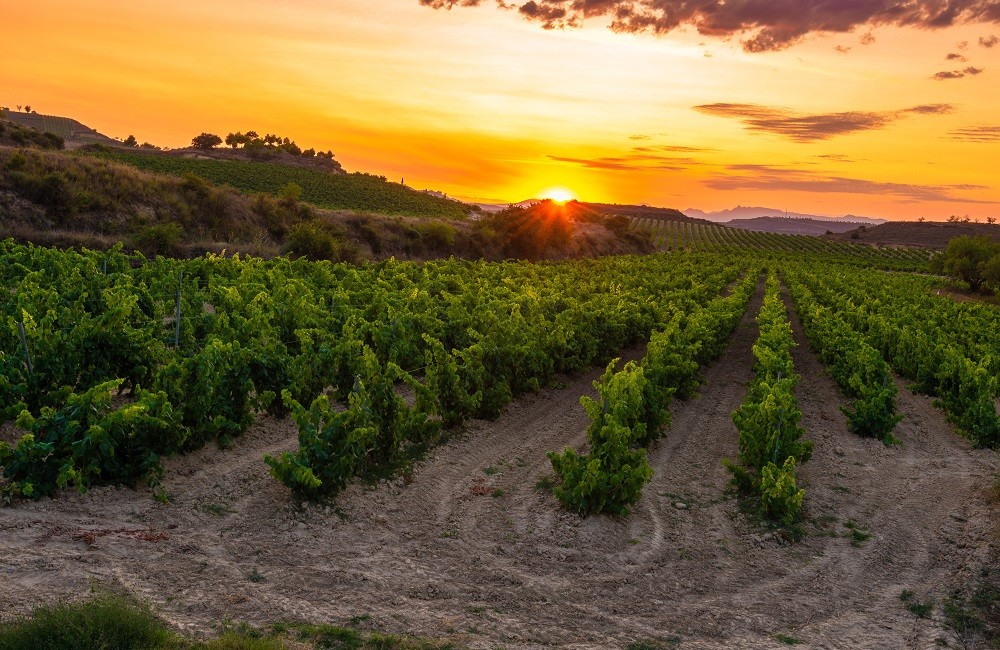
Rioja is without a doubt, Spain’s best known red. Stretching away across three valleys – the Rioja Alta, Rioja Alavesa and Rioja Oriental – to the south of the Cantabrian Mountains, it’s a relatively small area that nevertheless packs quite a punch when it comes to global wine production.
Some numbers, then: it’s Spain’s oldest wine (with written records dating back to the 9th century); there are more than 600 wineries and nearly 15,000 grape growers spread across 65,000 hectares of vineyards.
Made from a variety of grapes it comes in three age classifications: Crianza, Reserva and Gran Reserva. All are full-bodied and generally best served with food. One thing to look out for is whether the Rioja was aged in American oak, French oak or a mixture of both barrels, with each having their distinct tastes.
A Rioja winery you must visit: Bodegas López de Heredia – in the town of Haro, it’s one of the older wineries in La Rioja. By appointment only. More information: Lopezdeheredia.com.
Ribera del Duero
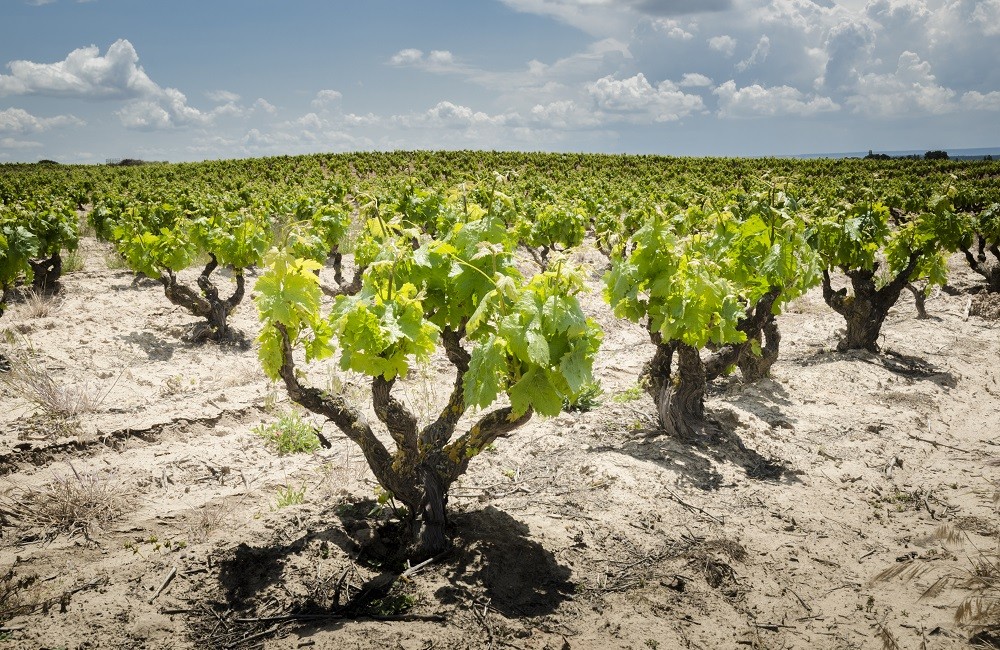
The ‘other’ great Spanish wine beginning with R. Only the best Tempranillo grapes are used to make polished Ribera del Duero wines, and there are many in Spain (and outside) who prefer the, frequently, softer more delicate taste, than that of their cousins from Rioja.
Wines from Ribera del Duero are usually 100% Tempranillo and are mostly aged in French oak; they have the same age classification as Rioja (Crianza, Reserva and Gran Reserva).
A Ribera del Duero winery you must visit: Matarromera – in the town of Valbuena del Duero, a trip to this winery can also include a visit to their museum, the EMINA Wine Museum. More information: Matarromera.es.
Priorat
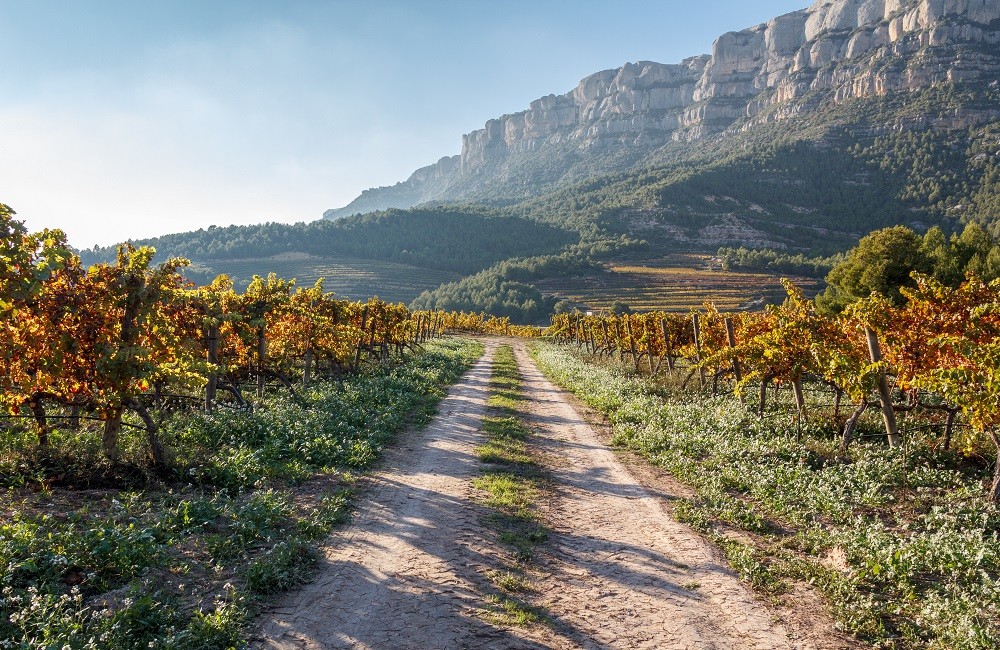
Priorat is probably Spanish wine’s greatest secret. With a wine growing history dating back to the 12th century, this southern Catalonian region these days produces some of the finest and fullest bodied reds in Spain… of which most people outside of Spain have never even heard.
The terrain here is tough (even by Spanish wine region standards), so the vines are forced to search for water in the soil, making yield low – and prices high. The most common grape varieties used are: Garnacha, Cariñena with Merlot, Cabernet Sauvignon and Syrah.
A Priorat winery you must visit: Alvaro Palacios – the name that practically singlehandedly spearheaded Priorat’s ascent to the summit of Spanish wines back in the 1980s is still one of the leading wineries in the region. More information: Aseuniv.com.
Spanish White Wines
Rias Baixas
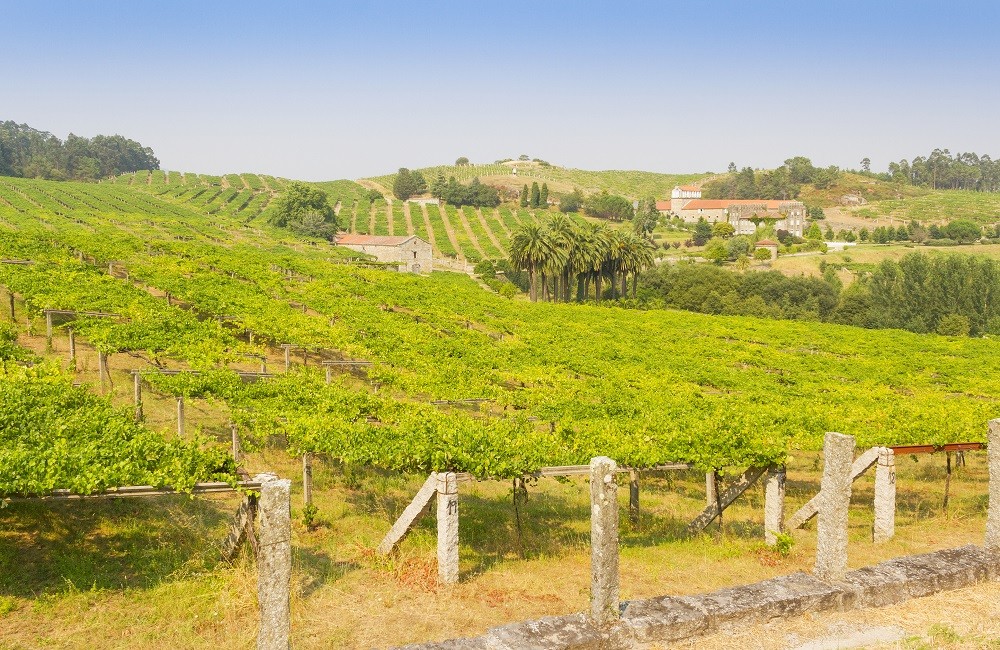
On the border of Portugal in the north-west of Spain, the Rias Baixas region of Galicia is cool, green and crisp – not unlike its white wine. The crowning glory of this wine-growing region is Albariño, which is clean, with occasional floral notes, and is absolutely ideal paired with the sublime local seafood.
A Rias Baixas winery you must visit: Far from the largest, it’s the setting of this family business – in the grand, fortified country house of Finca La Moreira – that makes it one the more atmospheric wineries in Spain. More information: Marquesdevizhoja.com.
Cava
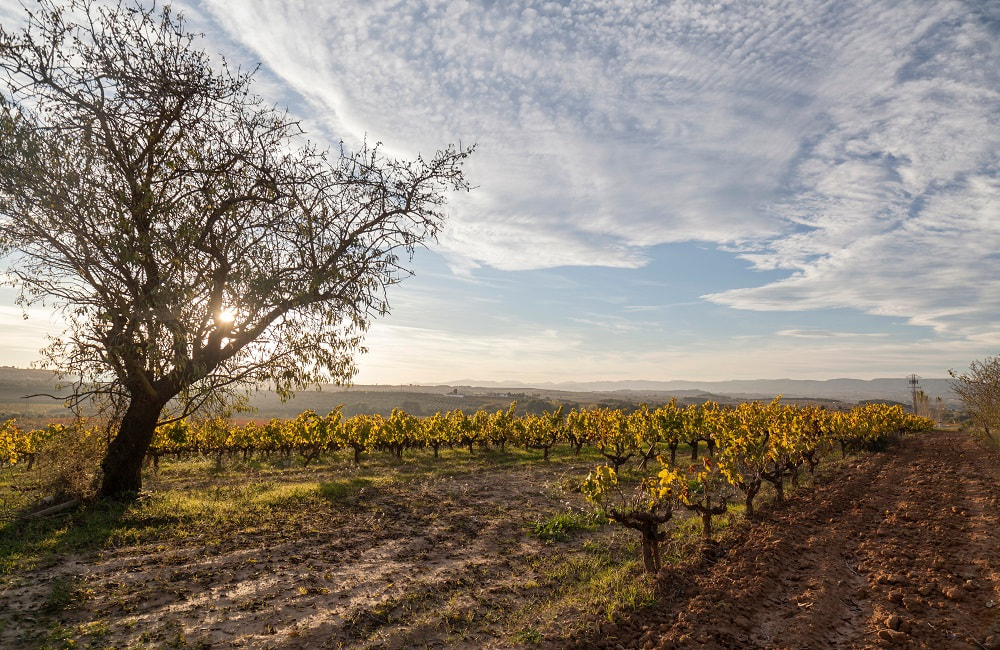
From the northeast of Spain above Barcelona, Cava is Spain’s most famous sparkling wine. Labelled with brut (dry) or semi-seco (semi sweet), Cavas can be white or rosé, and are usually made from Macabeo, Parellada and Xarel-lo grapes.
A Cava winery you must visit: Dating back to the Middle Ages, this Empordà winery certainly doesn’t lack for provenance – and it’s got the grand castellated headquarters to prove it. More information: Perelada.com.
Sherry wines
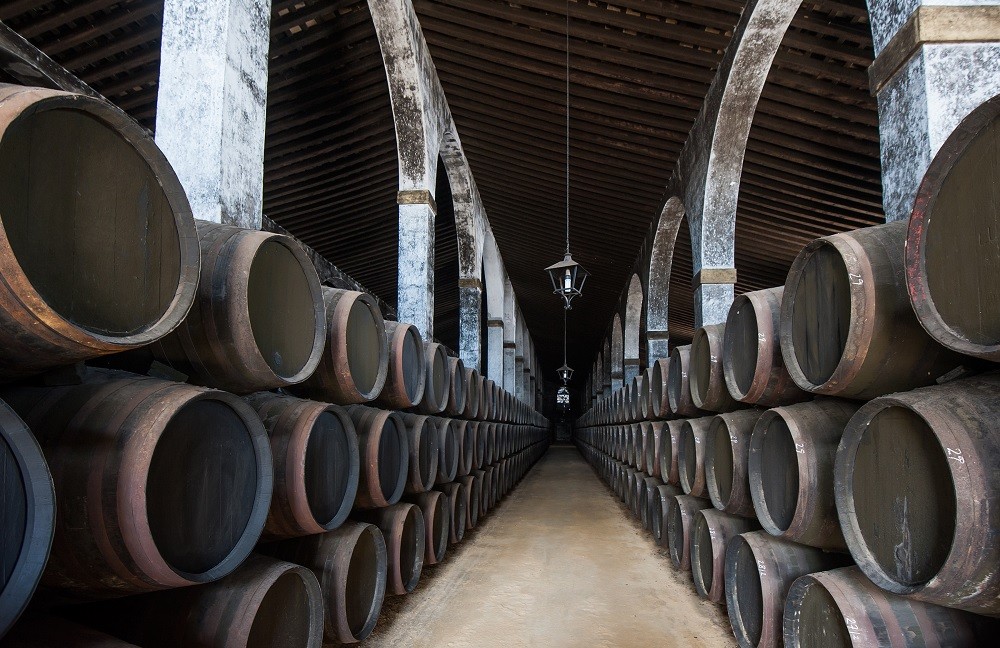
The world famous pre-dinner drink originates from Jerez de la Frontera (the city was European Wine Capital 2014), and can only be called Sherry if its made from grapes grown within Cadiz’s ‘Sherry Triangle’ between Jerez de la Frontera, Sanlucar de Barrameda, and El Puerto de Santa Maria in Andalucia.
The Sherry Triangle is home to household names such as Domecq and Harveys, but smaller family-run bodegas are worth seeking out.
Sherry wines come in sweet and dry varieties. Dry Sherries like Fino or Manzanilla are crisp and acidic, and make for the perfect accompaniment to fish and seafood; Oloroso is caramel-like and nutty and goes well with meat, while medium-dry Amontillado is perfectly paired with chicken or game birds.
Sherries pair beautifully with different kinds of food and the whole scene is enjoying a renaissance among wine circles. Here is a quick guide on what to try:
Fino: light-coloured and very dry, this sherry comes from Jerez itself. Served cold and drunk as you would a good white wine, it goes perfectly with shellfish, jamí³n ibérico (see below) and mild cheeses.
Manzanilla: similar in colour and taste to fino, it too is served cold and best accompanies fish and shellfish. Fino and manzanilla are the least alcoholic of the sherry types and should not be kept once opened.
Amontillado: amber-coloured and smooth and rich in taste, amontillado goes well with white meats, oily fish and cured cheese.
Oloroso: dark and with a strong scent, this is also a dry sherry but with a more intense taste than fino. The intensity suits red meats and strong cheeses.
Palo seco: also dark, palo seco is strongly scented and flavoured. Good with game, foie gras and strong cheeses.
Pedro Ximenez: dark and sweet with a rich syrupy texture, Pedro Ximenez has a strong and intense flavour that pairs well with strong cheeses and desserts
A Sherry bodega you must visit: Bodegas Tradición is not the oldest bodega in the Sherry Triangle by a long chalk (that honour goes to Domecq), but it is one of the most insistent on traditional techniques. More information: Bodegastradicion.es.
Rioja

White Rioja is made with Viura; sometimes on its own, other times blending with Chardonnay or Garnacha Blanca amongst others. Most white Riojas are young but are still full-bodied to taste.
Malaga Wine
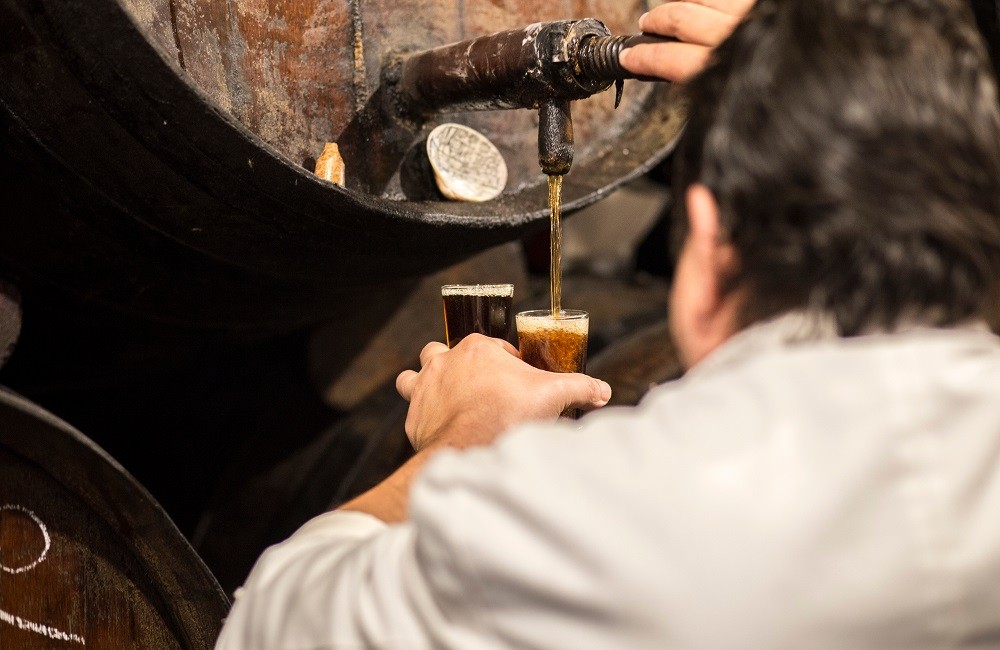
Malaga has a long and distinguished wine-making history, with wines having been made in the region since the Phoenicians were in southern Spain, before the Romans picked up the baton. British wine merchants were sending Malaga wines back to sweet-toothed Victorians in the 19th-century.
These days, made from Moscatel or Pedro Ximenez grapes, vinos de Malaga are fortified and naturally sweet. Coming in both red and white, they’re at their best served with a ripe local goats’ cheese.
A Malaga winery you must visit: Bodega F. Schatz – it’s entirely in keeping with the international past of the Spanish wine industry that one of the best wineries in Malaga should have been founded by a German. More information: F-schatz.com.
Rueda
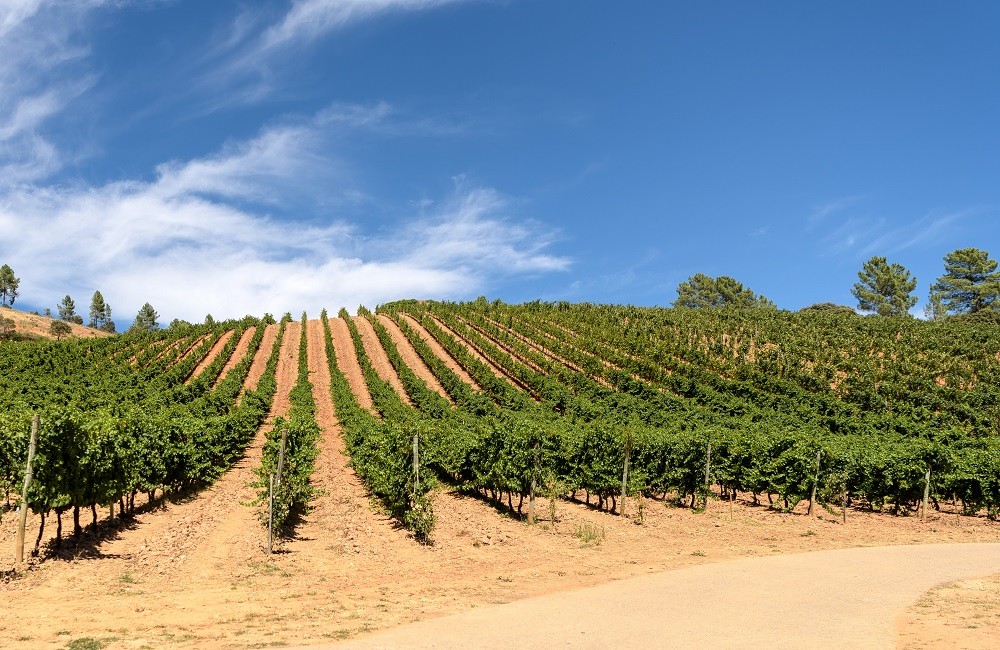
The most commonly drunk white wine in Spain can be just a little disappointing to a new world white wine drinker.
The Rueda region is in Castilla y Leon and its wines are usually made with Verdejo grapes. It produces very aromatic wines, often with tropical fruit and fresh grass hints, that’s fresh with just a hint of bitterness.
Things to Look Out For with Spanish Wine
There are several wine classifications in Spain, each holding specific criteria. The ones to look out for are Denominacion de Origen (DO), Denominacion de Origen Calificada (DOCa, DOC or DOQ) and DO Pago (only for single winery estates).
On the bottle you’ll see the words Joven, Crianza (aged at least 2 years and 12 months in oak barrels), Reserva (aged at least three years with at least 12 months in oak barrels), or Gran Reserva (aged for a minimum of two years in oak barrels, and more than three years bottled before they’re sold).
Like the sound of these wine regions in Spain and want to experience some of the very best wines they produce?
Stay with The Luxury Villa Collection and you can order the finest Spanish wines direct to your villa, or arrange a tasting or tour through our concierge.
You might also like





